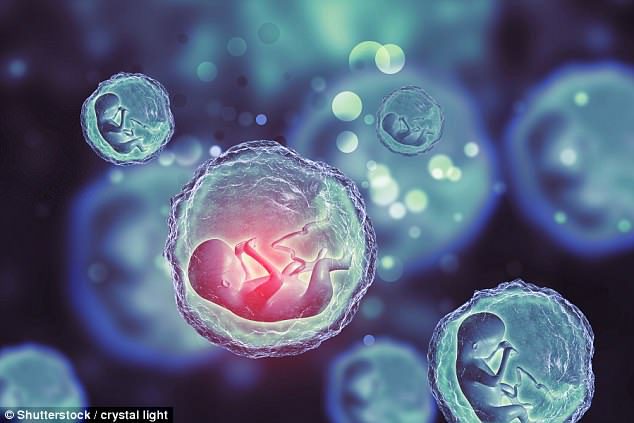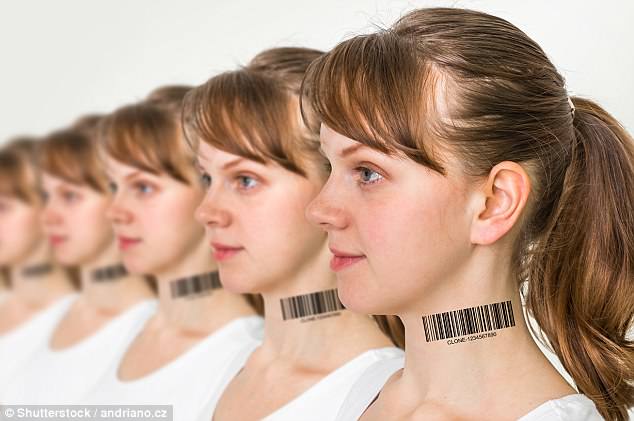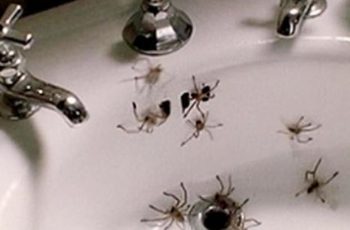Scientists have made a major step forward in creating life in the laboratory without using sperm or eggs.
Two different kinds of stem cells were combined in a dish – and they grew into an early form of an embryo.
Creating embryos from stem cells would create an unlimited supply of identical embryos, which would be useful for medical research.
The development is hoped to shed light on one of the biggest causes of infertility – embryos failing to implant in the womb.
It will also be useful for testing the effects of new medical treatments.

Scientists have made a step towards creating life in the lab without sperm or eggs
May lead to human clones
Researchers say that the technique – carried out in mice – could result in a mouse being created without using sperm or eggs within three years.
But experts warn that if the technique could be replicated in people, it may lead to the creation of an army of human clones.
It could take as long as two decades before the technique is likely to be perfected to create human embryos out of stem cells, the experts warned.
How does the technology work?
Researchers combined two different types of embryonic stem cells from mice.
Once combined in a dish they grew into the early stage of the embryo before it implants in the womb – called a blastocyst – a hollow ball of cells.
When transferred into the womb, the cells initially triggered changes in the womb like those created by a normal embryo aged 3.5 days old but failed to properly implant.
Decades before technique will be used in humans
Professor Nicholas Rivron of Maastricht University, the lead researcher, told the Daily Mail that a viable mouse embryo could be created as soon as three years – but a human embryo would take decades.
The main use for the embryos would be for drug testing and research into infertility.
He said: ‘As you know, embryos are very precious, and it is impossible to use to test drugs on them as you don’t have the numbers.
‘With blastocysts, you can open up the numbers. This will allow screening medicines in the future.’
He added: ‘I do not believe in using blastocysts for human reproduction. This is ethically very questionable, this would be clones of somebody who is already alive.
‘Human cloning is totally forbidden.’
Asked what the stumbling block is that stops the ball of cells implanting, Professor Rivron said: ‘We actually don’t know. This is a fascinating question. They look extremely similar to normal blastocysts and generate many cell types.
‘However, the cells are not properly organized. They look like a disorganized embryo. Hopefully, we will discover in the next three years.
‘This is the first time we create structures in the lab from stem cells which have the potential to form the whole organism.
‘The whole organism includes the baby, and the extra tissues – the placenta and the yolk sac.
‘This is the first time as far as we know.’

Critics argue the technology could lead to human clones, which are ‘totally forbidden’
‘Relief’ it does not work in humans
Professor Robin Lovell-Badge of the Francis Crick Institute said that while the development was a breakthrough for research, it may come as a relief it cannot yet happen in humans.
He said: ‘It may come as a relief to others that such a method of producing many genetically identical human embryo-like structures that might be capable of implantation is not feasible – even if it would be illegal to implant them into women, as is clearly the situation in the UK.’
Professor Rivron said it was ‘extremely unlikely’ the technology could be used by a rogue state to create an army of clones – as they would not have the scientific expertise to do so.
Dr. Dusko Ilic, Reader in Stem Cell Science, King’s College London (KCL), said ‘This is the first time that scientists were able to shed a light on molecular mechanisms of implantation and these findings may help us to understand more about some aspects of infertility and improve the outcome of assisted reproduction.’
The research was published in Nature.
If you know someone who might like this, please click “Share!”




